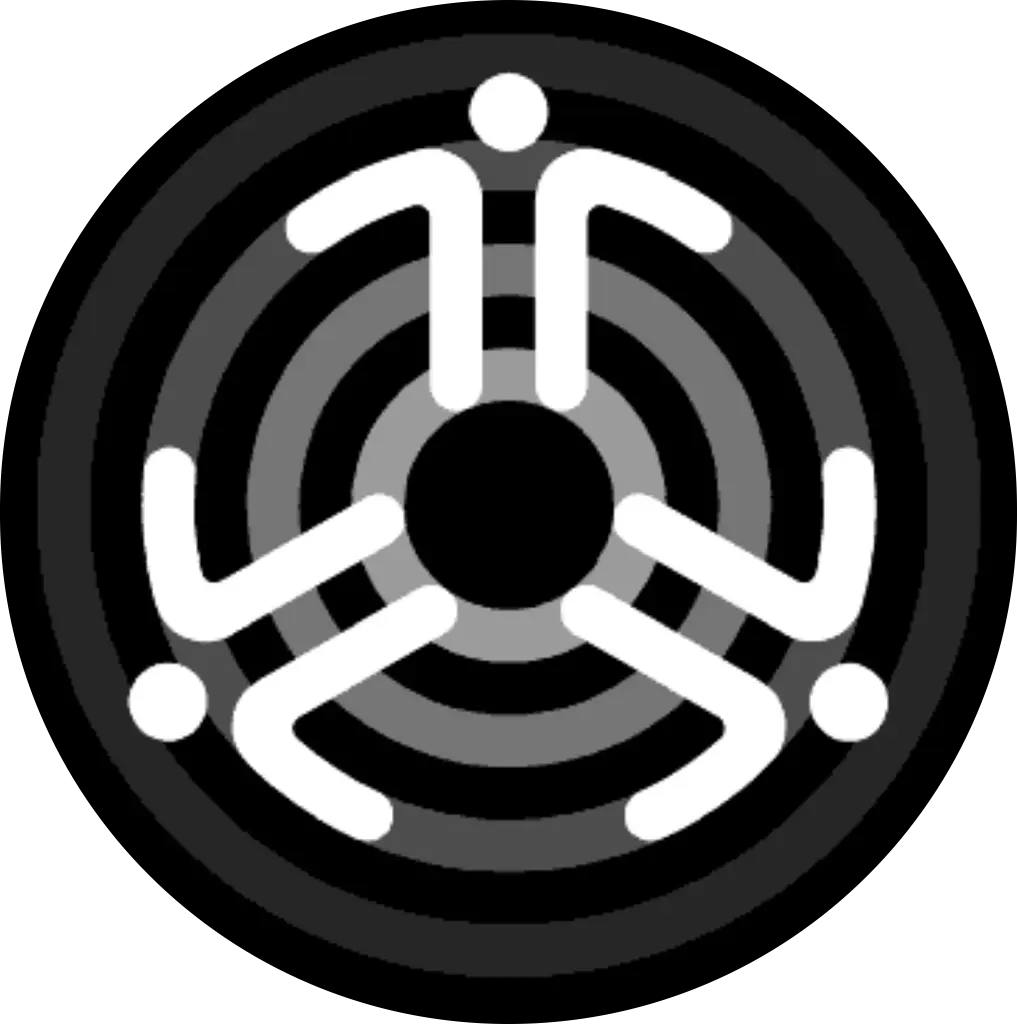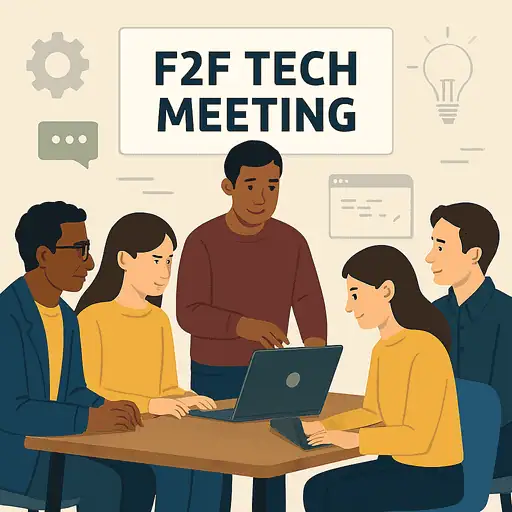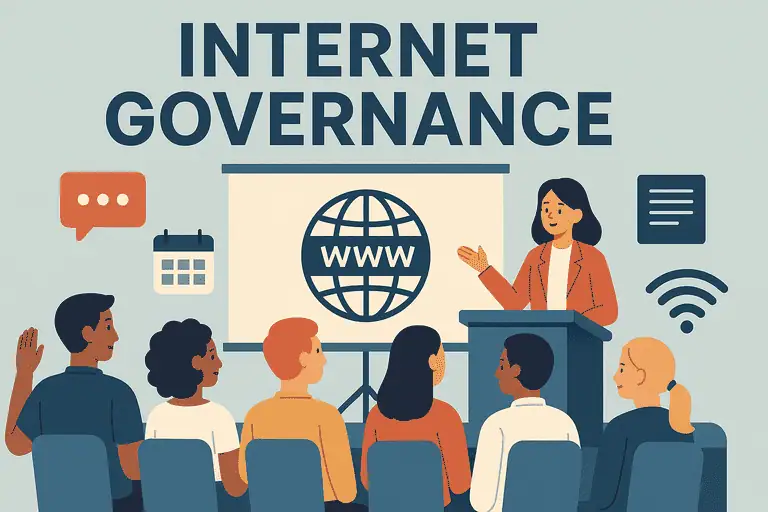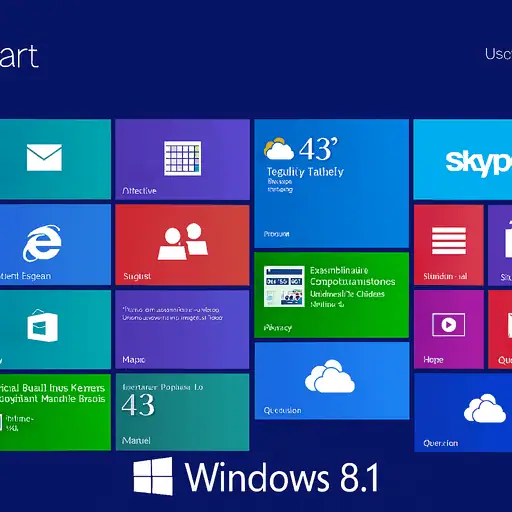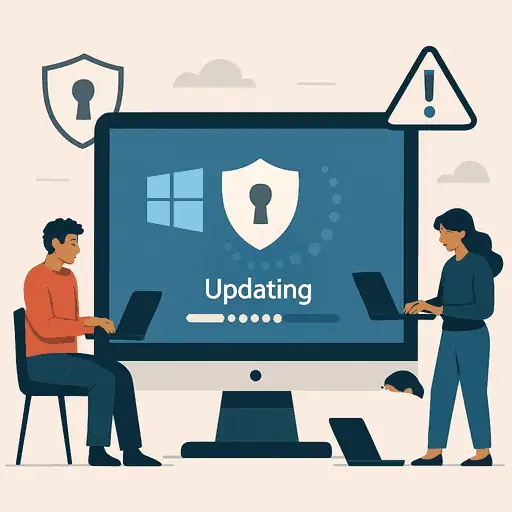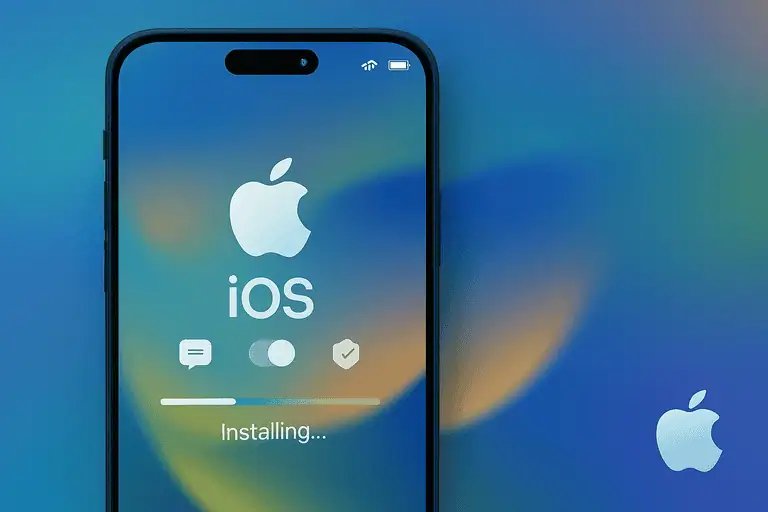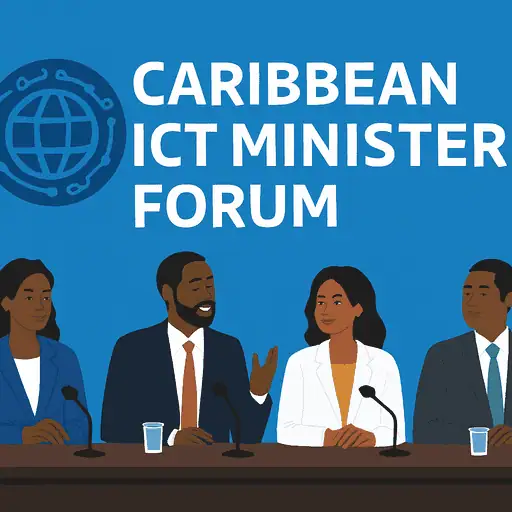Facebook has posted proposed updates to their “Data Use Policy” and their “Statement of Rights and Responsibilities” on their Facebook’s Site Governance Page. As Facebook notes : “These two documents tell you about how we collect and use data, and the rules that apply when you choose to use Facebook.”
The proposed changes are scheduled to take effect on September 5 2013.
Read the specific note on Facebook’s Site Governance Page on the proposed changes to Facebook’s Governing Documents scheduled to take effect September 5 2013.
According to an article on GigaOm, Facebook’s proposed changes to its Data Use and Privacy policies give the platform more control and knowledge of a user’s image and likeness.
